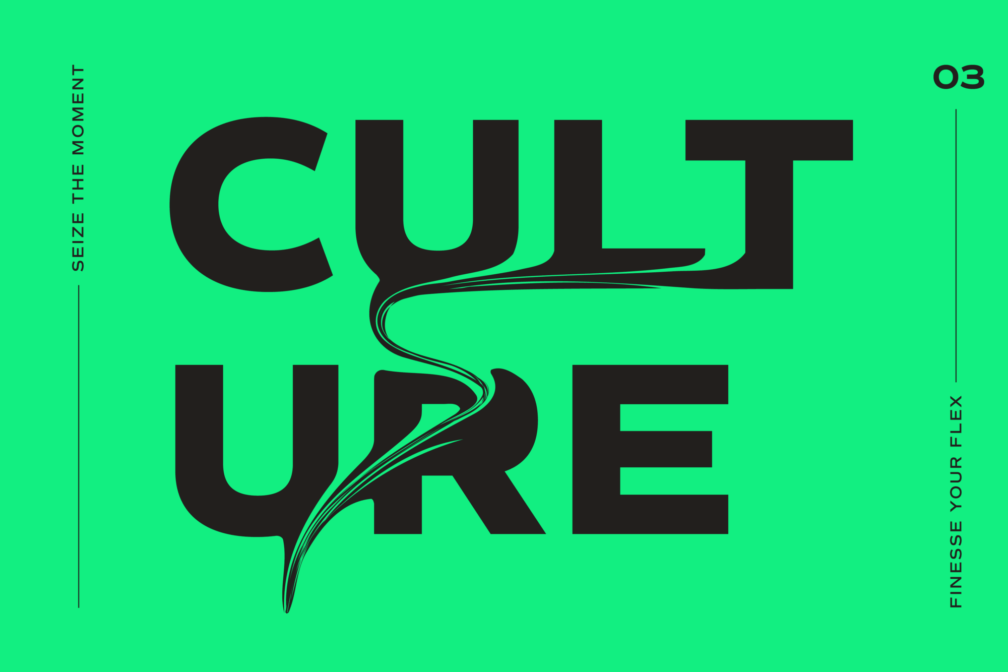Blog

Don’t Let the Cultural Moment Pass You By: Part 3
Why brands and their customers benefit from participating in real-time cultural moments.
Part 3: How to genuinely participate in cultural moments
One of the best ways for a brand to connect with its target audience is by relating to them on a human level.
As marketers, we’re the human touch behind brands that makes this possible. Our capacity for empathy lets us share in the pains or joys of our audiences, and we can open conversations about what’s going on in the world as it relates to us and them.
Sometimes brands need a little help to get that dialogue started. Parts 1 and 2 of this four-part series illustrate the wealth of fodder we can find from pop culture to make those connections between brand and audience.
In Part 3 of this series, we’ll discuss how and when you can turn those good ideas into action.
Which cultural moment is the right one for my brand?
Three words.
Don’t force it.
You might be frustrated to hear this. Especially because Parts 1 and 2 of this series are all about how you SHOULD involve your brand in cultural moments—and now I’m telling you maybe not to.
But just as consumers said they want to be entertained by relatable brands, they also said in that same survey that they follow brands for their authentic, inspiring content and a compelling point of view within their area of expertise.
That doesn’t mean you should avoid pop culture themes (like, say, the Barbie movie) that aren’t directly your area of expertise. Just do your homework.
A great example of this is from Sparkling Ice.
Immediately when you land on Sparkling Ice’s site, you can see and feel the brand: Bright colors that pop. Fun, retro imagery. Their main headline: Anything but subtle.
So when Sparkling Ice aired this 15-second commercial during the Oscars, it didn’t feel forced or like they were operating outside of their lane. Their product is front and (left) center, and because of their copy, it made sense for it to be there.
Barbie’s branding includes bright pinks and retro vibes, just like Sparkling Ice’s. Barbie is also more than a product—a doll. She stands for equality and women’s empowerment. Something Sparkling Ice has made clear they value, too.
But the cultural moment here isn’t just the Barbie movie. It’s that many people were upset and felt that director Greta Gerwig got snubbed when she wasn’t nominated for Best Director.
It’s understanding the small moments in our culture and what people are feeling that then creates a memorable, relatable moment between you and your audience.
***
The more you understand how to genuinely participate in a cultural moment, the more you see how your brand can thrive in almost any cultural conversation.
Speaking of moments, our series on brands and culture has led to this one. We’ve explored the difference between culture and pop culture, and why the latter is what you want to focus on. We’ve also discussed why it’s on brand and even profitable to join the discourse.
So what’s left? Possibly the most important question for your brand:
Do you know where you stand?
The answer to this question is what makes or breaks a brand’s cultural participation strategy. So stay tuned, and dive in with us in our fourth and final installment to this series.
And remember to lean on your experts like DS+CO when you still have questions about what to do next. We can help you seize the moment (strategically).
Emma Alexander
Emma Alexander is DS+CO’s content manager and email strategist.